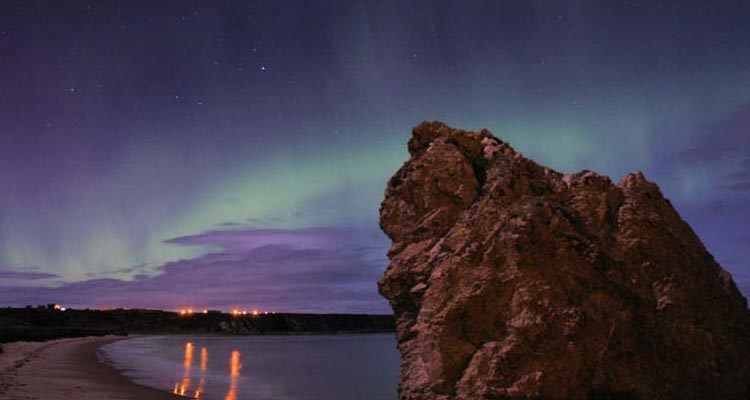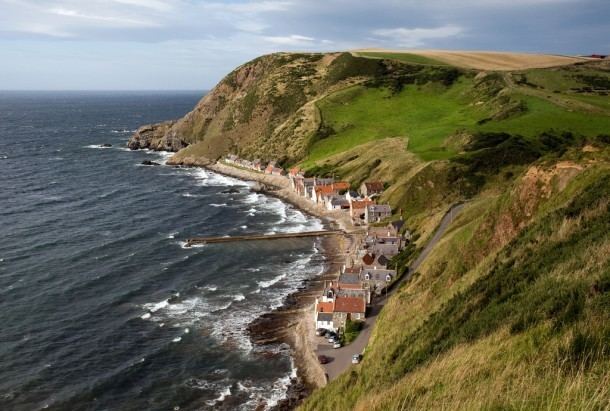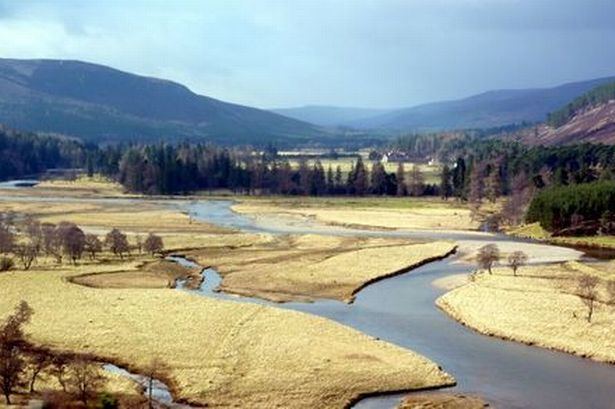Chapman code BAN | Area 1,660 km² | |
 | ||
Coast of banffshire
Banffshire (/ˈbæmfʃər/; Scots: Coontie o Banffshire, Scottish Gaelic: Siorrachd Bhanbh) is a historic county, registration county and lieutenancy area of Scotland.
Contents
- Coast of banffshire
- Into the wreck banffshire
- Local government council
- History
- Civil parishes
- Principal mansions
- Castles in Banffshire
- Notable residents
- Surnames
- References

Into the wreck banffshire
Local government council
The county town was Banff although the largest community was Buckie to the west. It borders the Moray Firth to the north, Moray and Inverness-shire to the west, and Aberdeenshire to the south.

Until 1891 the county contained various exclaves which were locally situated in Aberdeenshire, the biggest being the parish and village of St. Fergus.
Between 1890 and 1975 the County of Banff, also known as Banffshire, had its own county council.
In 1975 its Local Government council administration was superseded and divided between Moray council and Aberdeenshire councils.
From 1975 to 1996, its local government lay within the Grampian Region.
History

Considerable evidence of prehistoric human habitation exists particularly near the coastal area. For example, the Longman Hill cairn and Cairn Lee are situated in the northern portion of Banffshire in the vicinity of the Burn of Myrehouse.
Located in the area are the ruins of several medieval castles and the 12th century kirk of Gamrie.
The region remained largely Roman Catholic after the Reformation (16th century) and suffered greatly in the ensuing struggles.
During the Wars of the Three Kingdoms (17th century), Banffshire was a Royalist stronghold.

Cullen Church was known to have existed in 1236. The south aisle was added by Elena Hay in 1536 and dedicated to St Anne. It became a collegiate church in 1543 with six prebendaries and two singing boys to sing mass 'decently and in order every day'.
Cullen Church was the centre of the old kirkton of Cullen until 1820-30 when the township removed to the present 'new town' of Cullen and the manse, which had been close by, was rebuilt in Seafield Place in 1830.
Civil parishes
Civil parishes are still used for some statistical purposes, and separate census figures are published for them. As their areas have been largely unchanged since the 19th century this allows for comparison of population figures over an extended period of time.
From 1845 to 1930, parishes formed part of the local government system of Scotland, having parochial boards from 1845 to 1894.
Principal mansions
Principal mansions in Banffshire c. 1854 The Imperial Gazetteer of Scotland (1854) Vol. I. by the Rev. John Marius Wilson lists the following :
Castles in Banffshire
Notable residents
Surnames
Most common surnames in Banffshire at the time of the United Kingdom Census of 1881:
